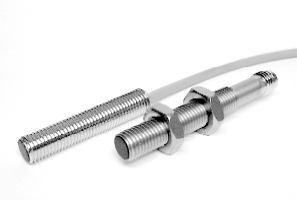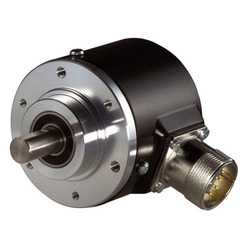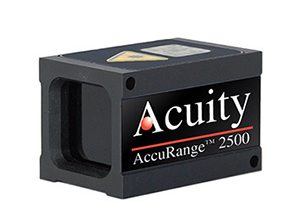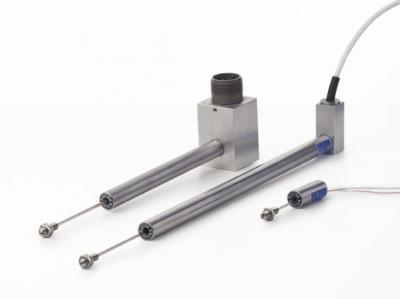- Have any questions?
- +61 3 9837 5203
- sales@slentech.com.au
Displacement Sensors
Displacement Sensors can be used to measure distances, thicknesses and heights. They are designed to provide unparalleled accuracy and stability. The displacement sensors are highly useful in distance or position applications such as X-Y positioning, machinery dynamics, profile measurements, etc. The systems provide a perfect solution for various measurement tasks like measuring extremely small objects. The displacement sensors don’t get influenced by the properties of the target materials as well as other physical characteristic near the sensor like temperature, magnetic fields, etc. An integral power supply system allows operation from any AC/DC source. Displacement sensors are sometimes referred to as displacement transducers.
A wide variety of displacement sensors are available, including Laser Sensors, Contact Sensors, Eddy Current Sensors, and more.
Confocal sensors eddy current technology and laser triangulation non-contact displacement sensors increasingly contribute to the solution of demanding measurement tasks and are used for applications where high-sensitive surfaces not allow any contact and sensors have to operate wear-free. Non-Contact displacement sensors such as eddy current, LVDT/LVIT, laser triangulation and confocal chromatic etc. are used to measure semiconductor surface profiles, brake rotor run out, parts stack up heights for smart phones – all these down to micrometre resolution. Since non-contact sensing doesn’t touch the part, there is no part loading and no marks or dents are left on the item being measured.
Non-contact linear displacement sensors using eddy-current technologies offer non-contact displacement/position sensing over small ranges with high resolutions. Eddy-current displacement sensors can be used in dirty hostile environments. They require conductive targets of a minimum thickness and cannot sense non-conductors; for these reasons, eddy-current sensors are not affected by liquids or material debris in the measurement area. Eddy-Current sensors are used in manufacturing and industrial applications where environments may be dirty or hostile but precision, non-contact displacement sensing is still required
The method used to measure distance depends on the accuracy and distance capability required of the device. In Laser displacement sensors, measurement principles include triangulation, time-of-flight measurement, pulse-type time-of-flight systems, and modulated beam systems
For distances of few millimetres with high accuracy requirements, “triangulation” sensors measure the location of the spot within the field of view of the detecting element.
Time of flight sensors derive range from the time it takes light to travel from the sensor to the target and return. For long range distance measurements (up to many kilometres) “time-of-flight” laser rangefinders using pulsed laser beams are used.




